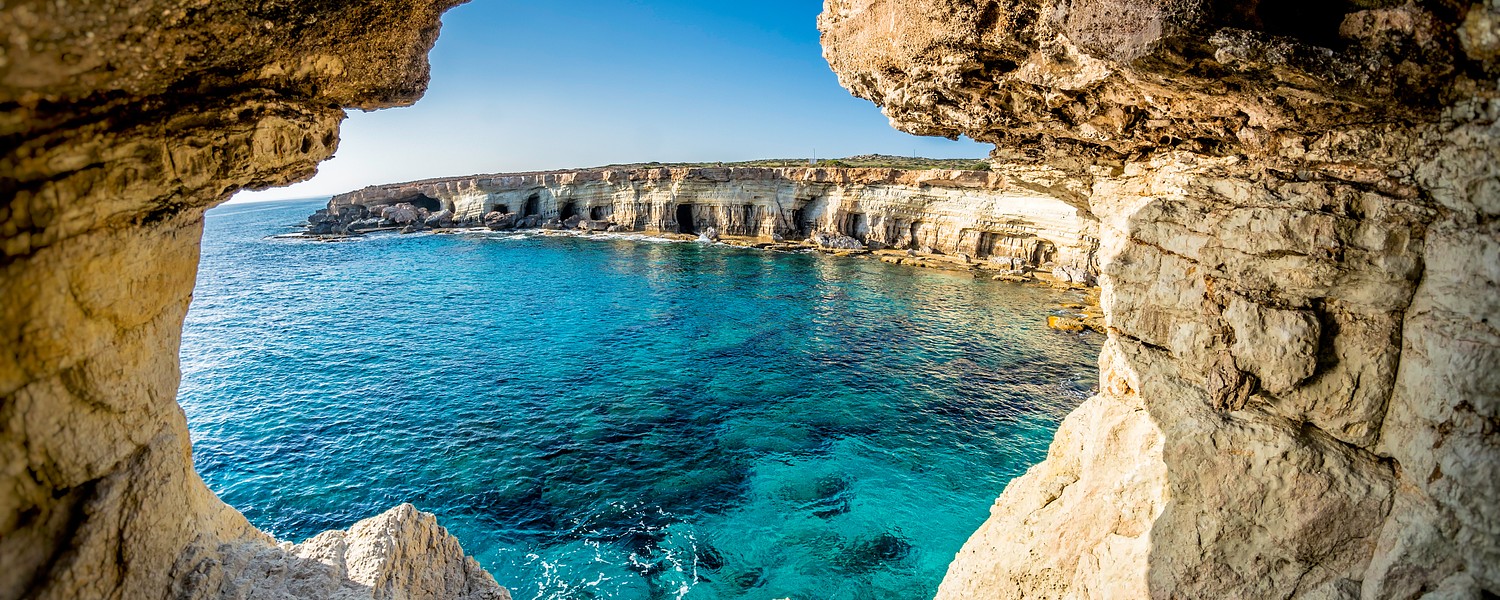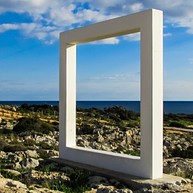Section in Agia Napa – Protaras
Do & See
There is a wealth of attractions and places to visit, both beautiful and interesting. Be sure to visit the Monastery and the Old and New Church dedicated to Virgin Mary, the picturesque harbour, the Municipal Museum ‘’Thalassa’’, the Makronissos Ancient Tombs, the Venetian Aqueduct, and the rural churches and chapels all around town. Stop by the Sculpture Park, the Love Bridge, and the iconic ‘’I Love Ayia Napa’’ sculpture in the Central Square.
Read more
















